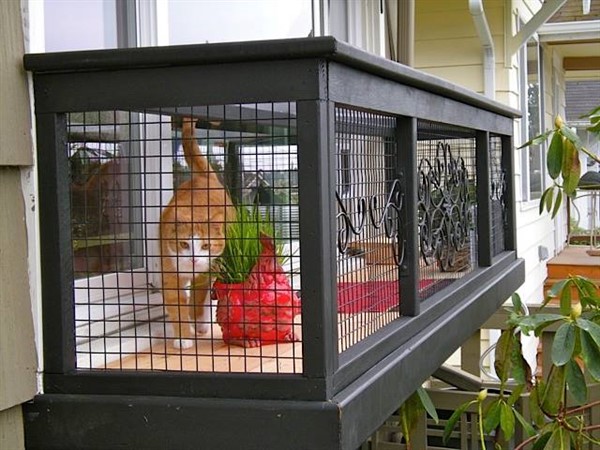Adding a tropical atmosphere both indoors and outdoors, Song of India is one of the most preferable plants. From bookshelves to windowsills, it decorates best many spots. Also, being relative species with Madagascar Dragon Tree, Song of India is native to Madagascar and Mozambique. This evergreen plant has plenty of local names. These names keep changing from place to place. For example, Song of Jamaica is one of them. Besides, its scientific name is Dracaena Reflexa. Meanwhile, this houseplant purifies the air from airborne toxins naturally.

General Information
Song of India typically has a single erect herbaceous stem and looking upward broad, pointy, yellow-edged striped green foliage. Unlike many plants, provided its natural conditions perfectly mimicked, this houseplant blooms white in winter just like Kentia Palm. Because flowering under indoor conditions is unfortunately rare. This houseplant’s length may reach up to 6 ft (1,8 m) indoor and 20 ft (6 m) outdoor. In terms of the life cycle, it is a perennial evergreen plant. Song of India is a toxic plant. For that reason, you should pay a little attention to your pets.

How to Care for Dracaena Reflexa
Sunlight: Direct sunlight during the day-long gives harm to this houseplant. Hence, it should get filtered sunlight or put in any semi-shade location. This way, you can grow Song of India more healthy.
Watering: The plant’s soil should be moist. Particularly, such plants need weekly watering in the growing season. When the first layer of soil is dry, you should immediately water it. On the other hand, this houseplant demands sparingly watering in winter. Because it goes dormancy (the slowing of a plant’s metabolism) in these times.
Humidity: This plant likes humidity. This is the key part of mimicking the plant’s nature. Such plants that grow in a location with a sufficient amount of humidity develop better than in a location with less humidity. To ensure a similar condition, you can use automatic humidifiers, trays filled with wet pebble, and water sprays (for misting).
Temperature: Range 65°F (18°C) – 75°F (24°C) is optimal for this houseplant. Also, it can resist down to 55°F (13°C). Even if it is a forgiving plant just like Cast Iron Plant, it cannot tolerate sudden weather fluctuations and warm and cold drafts. According to the USDA plant hardiness map, it grows almost without any problem zones 11 and 12.
Soil Type: Song of India prefers rich and well-draining soil. For that reason, you can use potting soil mixes in the market. Or you can make your potting mix. For example, a proportionate mix of peat, perlite, and sand can work.
Fertilizer: Water soluble fertilizers thrive this houseplant fast in general. Applying water-soluble fertilizers monthly in its growing season will be proper.
Propagation: The best way is to propagate this houseplant from cuttings. In doing so, don’t hurt the mother plant. Then you can plant each cutting into pots respectively.
Repotting: Once three years, repotting has to be done. Specifically, doing such works in spring along with plant propagation can be proper. For example, as a bigger pot, you can put the plant into any terracotta pot, which such pots absorb much water. Meanwhile, water the plant the day before repotting for not being affected its roots bad.

Common Problems
Pest infestation: Mealybugs, mites, aphids, scales can get a serious problem to this houseplant. Particularly, poor conditions such as dry soil, lack of humidity lead to this problem.
Losing leaves: Overwatering and underwatering can cause such problems. Also, keeping changing the pot’s location constantly and placing it in the wrong spots can lead to this problem as well. (Such cases trigger the stress).
Salt built-up: Over-fertilizing causes this problem in general. Also, leaves may take serious damage in such cases. For example, over-fertilizing makes burn spots on different parts of leaves.
Suggestions for problems: To prevent losing leaves, you should follow the ideal watering schedule for Song of India. Also, you should avoid the plant from overwatering and underwatering. On the other hand, salt-build-up in the soil is another problem to fix. To avoid this problem, you should apply monthly water-soluble fertilizers in the plant’s growing season. Moreover, don’t fertilize the plant in winter as possible due to being dormancy. When it comes to pest infestation, you can use neem oils and pesticide soaps. Alternatively, you can clean leaves with a damp piece of cloth.

























